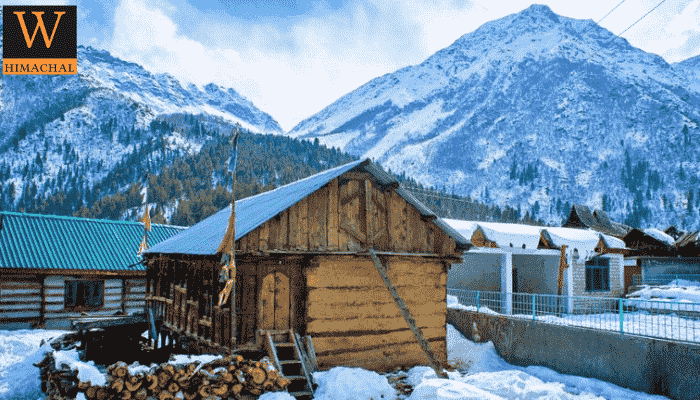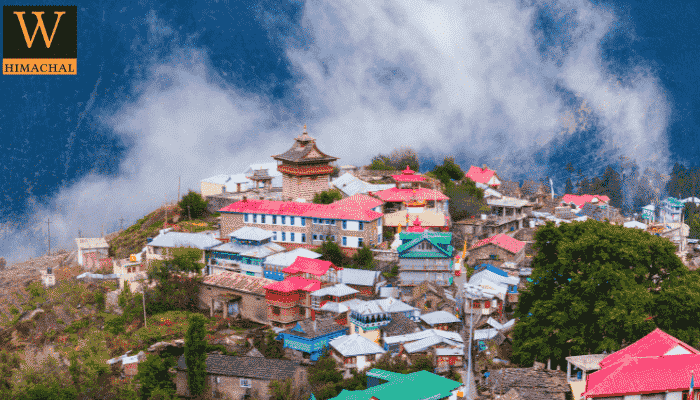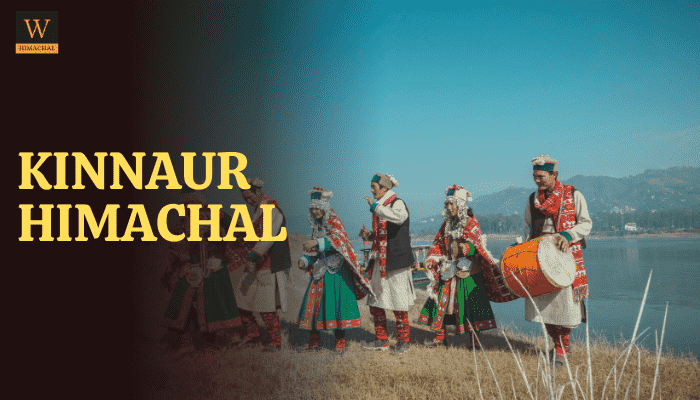Perched on the southeastern edge of Himachal Pradesh, Kinnaur is a district that captivates with its ethereal beauty and profound cultural heritage. This remote and tranquil region, bordering Tibet to the east, is often described as a paradise on earth. You will learn about this beautiful region’s history, tourism, language and culture, and educational system in this blog post.
About Kinnaur
Historically, the region was part of the ancient trade routes connecting India and Tibet, which facilitated the exchange of not only goods but also ideas and cultures. This confluence is evident in the district’s unique blend of Hindu and Buddhist influences. The ancient texts refer to the mythical land of Kinneras, celestial musicians who were considered half-human and half-god. This mythological heritage adds an air of mystique to the region. The district’s history is also intertwined with the reign of various dynasties, including the Guge Kingdom from Tibet, which significantly influenced its culture and religion.
Key Highlights: Kinnaur, HP
| State | Himachal Pradesh |
| Established | 1960 |
| Altitude | 6,050 metres (19,850 ft) |
| Avg. Temperature | 5° C to 23° C |
| No. of Villages | 660 |
| No. of Tourist Destinations | 37 |
Tourism
Travelers looking for a pristine natural setting and a deeply immersive cultural experience will find this place to be a treasure trove. Many attractions in the area appeal to nature lovers, adventure seekers, and spiritual seekers. Sangla, one of the most picturesque valleys, is well-known for the captivating Baspa River, lush meadows, and apple orchards. Renowned as a holy peak by Buddhists and Hindus alike, Kinnaur Kailash is a popular destination for pilgrims.
List of Popular Places
- Sangla Valley
- Kinnaur Kailash
- Reckong Peo
- Nako Lake
- Chitkul Village
- Kalpa Village
- Rupin Pass
Culture & Language
The culture of this place is a harmonious blend of Hinduism and Buddhism, reflecting its historical ties with Tibet. The people, known as Kinnauras, have preserved their traditions through festivals, music, and dance. The district is home to several monasteries and temples, including the ancient Tabo Monastery and the Chandika Temple, which are centres of spiritual activity and cultural preservation.
The primary languages spoken are Kinnauri, a dialect of the Sino-Tibetan family, and Hindi. The Kinnauri language, with its distinct phonetic and syntactic features, is an integral part of the region’s cultural identity.
Festivals are celebrated with great fervour and enthusiasm. The Phulaich Festival, also known as the Flower Festival, marks the harvest season and involves vibrant dances, music, and rituals. The Losar Festival, celebrating the Tibetan New Year, is another significant event that showcases the district’s Buddhist heritage.
Education
Education has seen significant progress over the years, with efforts to provide quality education in this remote region. The district has several schools and colleges that cater to the educational needs of its residents. Despite the geographical challenges, there is a strong emphasis on both primary and higher education.
The government has implemented various schemes to enhance educational infrastructure and promote literacy. Initiatives like mobile schools and digital classrooms are being introduced to ensure that children in even the most remote areas have access to education. Additionally, vocational training centres are being established to equip the youth with skills that can help them secure employment and contribute to the local economy.
List of Popular Schools and Colleges
- Government Senior Secondary School
- Himalayan Public School
- Kendriya Vidhyalaya Reckong Peo
- Lal Bahadur Shastri Government Degree College
- DAV Centenary Public School
With its breathtaking landscapes, rich cultural tapestry, and commitment to preserving its heritage, it stands as a testament to the harmonious coexistence of nature and tradition. This hidden gem of Himachal Pradesh offers an unparalleled experience for those who seek to explore its mystical valleys, engage with its vibrant culture, and witness its serene beauty. Whether you are an adventurer, a spiritual seeker, or a cultural enthusiast, life promises a journey that will leave you spellbound and inspired.
-
Which season is ideal for travelling to Kinnaur?
The best time to visit this place is during the summer months from April to June and in the autumn months of September and October. These times offer pleasant weather and clear views of the Himalayan peaks.
-
How can I reach Kinnaur?
Kinnaur can be reached by road from Shimla, which is approximately 235 km away. The nearest airport is in Shimla (Jubbarhatti Airport) and the nearest railway station is in Shimla as well. From Shimla, buses and taxis are available.
-
Are there trekking opportunities in Kinnaur?
Yes, Kinnaur offers excellent trekking opportunities for adventurers. Popular treks include the trek to Kinnaur Kailash, Borasu Pass trek, and the Sangla Valley trek. These treks vary in difficulty and duration, catering to both novice and experienced trekkers.
Photos – Kinnaur, Himachal Pradesh





